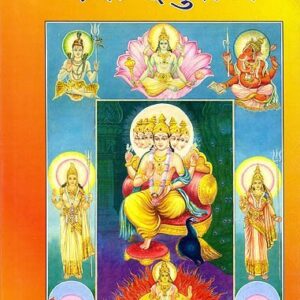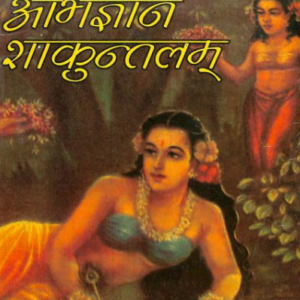Author: Sage Bhardwaj
About the author:
Sage Bharadwaja is a revered figure in Indian mythology and ancient literature, known for his contributions to various fields including Vedic literature, philosophy, and ancient sciences. The attribution of the Vimanika Shastra to Sage Bharadwaja adds an intriguing dimension to his already rich legacy. Here’s an introduction to Sage Bharadwaja and his connection to the Vimanika Shastra:
Sage Bharadwaja: A Brief Overview
Historical and Mythological Context
- Vedic Rishi: Sage Bharadwaja is one of the Saptarishis (Seven Great Sages) in Hindu tradition. He is credited with composing significant portions of the Rigveda, one of the oldest known scriptures.
- Lineage: Bharadwaja is believed to be the son of Sage Brihaspati, who is the preceptor of the gods (Devas). His lineage is considered prestigious and is associated with great wisdom and spiritual knowledge.
- Contributions to Vedic Literature: Apart from his contributions to the Rigveda, Bharadwaja is also mentioned in other Vedic texts and Puranas, where he is depicted as a sage of immense knowledge and spiritual power.
Contributions and Teachings
- Rigveda: Bharadwaja composed hymns in the Rigveda, focusing on various deities and aspects of nature. His hymns reflect deep philosophical insights and devotion.
- Ayurveda: He is also credited with contributions to Ayurveda (ancient Indian medicine). Texts like Charaka Samhita reference his medical knowledge.
- Education and Disciples: Bharadwaja’s ashram (hermitage) was a renowned center of learning, attracting numerous disciples, including the famous sage Drona, who later became a key figure in the Mahabharata.
Vimanika Shastra and Bharadwaja
Alleged Authorship
- Vimanika Shastra: The Vimanika Shastra, a text describing ancient flying machines (Vimanas), is attributed to Sage Bharadwaja. The text was claimed to have been dictated by Bharadwaja and transcribed by Pandit Subbaraya Shastry in the early 20th century.
- Mystical Knowledge: The text suggests that Bharadwaja possessed advanced knowledge of aeronautics, a field far ahead of its time, blending mysticism with speculative science.
Key Themes in Vimanika Shastra
- Types of Vimanas: Descriptions of various types of Vimanas, their construction, and their functionalities.
- Propulsion Systems: The text details different propulsion systems, including solar power and anti-gravity technology.
- Pilot Training: Instructions for the training of Vimana pilots, including mental and physical preparation.
- Technological Descriptions: Descriptions of various technological components, including mirrors, lenses, and other devices.
Controversies and Scholarly Views
- Authenticity Debate: The authenticity of the Vimanika Shastra as an ancient text by Bharadwaja is widely debated. Many scholars argue that it is a modern creation rather than an ancient manuscript.
- Technical Feasibility: The technical content of the Vimanika Shastra has been scrutinized, with many experts finding the described technologies to be scientifically implausible.
Cultural and Spiritual Influence
- Reverence: Despite the controversies, Bharadwaja remains a revered figure in Hindu tradition. His association with the Vimanika Shastra adds a layer of mystique to his legacy.
- Inspiration: The idea that an ancient sage could possess knowledge of advanced technologies continues to inspire interest in ancient Indian history and spirituality.
Modern Relevance
- Academic Interest: Sage Bharadwaja’s contributions to Vedic literature and Ayurveda are subjects of academic study and continue to be respected in scholarly circles.
- Popular Culture: The Vimanika Shastra and the figure of Bharadwaja feature prominently in discussions about ancient technologies and alternative histories.
Conclusion
Sage Bharadwaja is a towering figure in ancient Indian tradition, revered for his contributions to Vedic literature, philosophy, and medicine. The attribution of the Vimanika Shastra to him, while controversial, adds an intriguing aspect to his legacy, blending the lines between myth, mysticism, and speculative science. Whether viewed through the lens of historical reverence or modern scepticism, Bharadwaja’s legacy continues to captivate and inspire.






